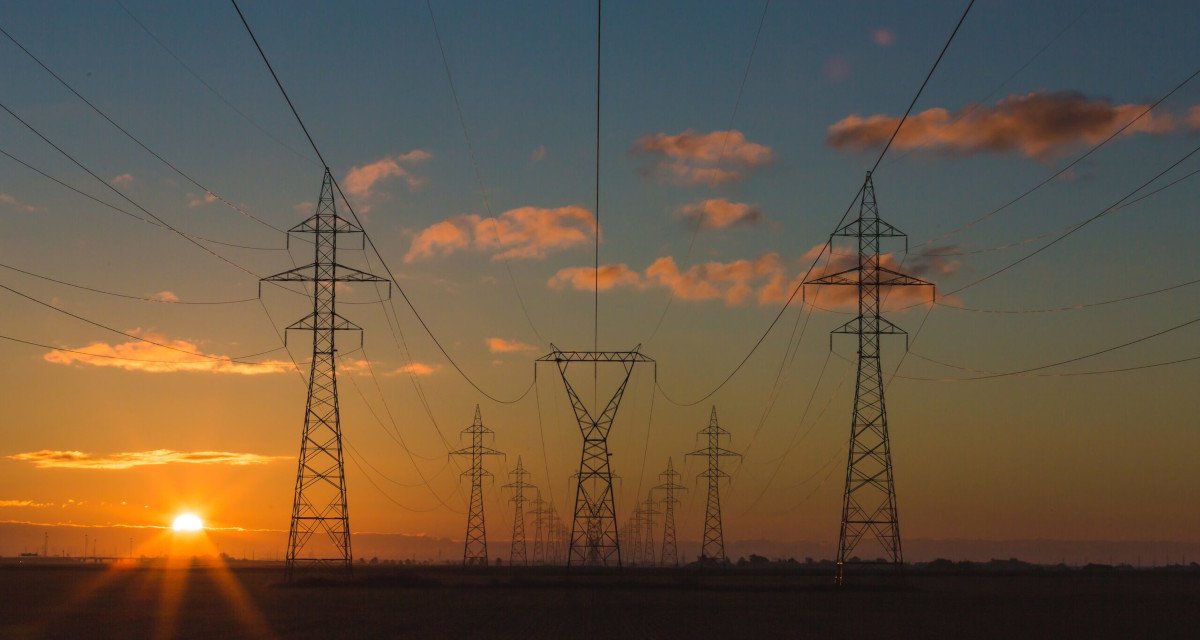For the first time, Nepal's electricity flows to Bangladesh
The Himalayan country, which has abandoned fossil fuels thanks to surplus renewable energy in the monsoon season, has started exporting to Dhaka via the Indian power grid. The tripartite agreement provides for supplies from June to November, for five years. This is a turning point for connectivity between South Asian countries.
Rome (AsiaNews/Agencies) – A tripartite agreement between Nepal, India, and Bangladesh, unique in its kind, inaugurates a new phase for energy connectivity in South Asia.
Last Friday, two years after the start of the talks, Nepal began exporting electricity to Bangladesh through the Indian grid. For Nepal, this is the first time that its energy has been exported to a country other than India.
The five-year deal was signed on 3 October and mainly concerns supply during the monsoon season, from 15 June to 15 November.
Kulman Ghising, executive director of the Nepal Electricity Authority (NEA), signed the agreement on behalf of Nepal, after India's Central Electricity Regulatory Commission gave permission to export electricity from Nepal to Bangladesh, via the central Indian State of Madhya Pradesh.
The NEA will be paid 6.40 US cents per unit of electricity (8.62 rupees at today's exchange rate). The utility will earn US$ 28,160 today by exporting energy to Bangladesh for 11 hours and 30 minutes. The NEA will receive the payment at the Muzaffarpur Point.
The export to Bangladesh was inaugurated by Nepal's Minister of Energy, Water Resources and Irrigation Deepak Khadka, Indian Minister of Power Manohar Lal, and Muhammad Fouzul Kabir Khan, advisor to the Bangladesh Ministry of Power, Energy and Mineral Resources. They jointly pressed a virtual switch on Friday.
The electricity, 40 megawatts, will be supplied to the Muzaffarpur substation in India through the Nepal-India Dhalkebar-Muzaffarpur transmission line. From there, the power will reach Bangladesh via the Baharampur (India)-Bhermara (Bangladesh) transmission line.
This first transmission was a symbolic beginning as the supply is linked only to the monsoon season.
Exports from Nepal to Bangladesh began at 12.30 pm on Friday and continue until midnight today, before resuming in June 2025. The historical significance for these countries is great.
Nepal has a surplus of hydroelectric power due to its rich water resources, which include glaciers, snowmelt from the Himalayas, abundant rainfall, and underground sources.
Last September, thanks to investments in hydroelectric plants, it abandoned fossil fuels as a power source, turning totally to renewable energy.
The country found a buyer in Bangladesh, which suffers from power shortages. The agreement was made possible by India allowing Nepali electricity to transit through its national grid, after repeated requests from Nepal.
The decision was announced during a visit by then Nepali Prime Minister Pushpa Kamal Dahal Prachanda to New Delhi from 31 May to 3 June 2023.
In a statement released on that occasion, India and Nepal expressed their commitment to greater sub-regional cooperation, including in the energy sector, boosting links between the economies of the region’s countries to the mutual benefit of all stakeholders.
In addition, energy connectivity is a key component of India's plans to increase trade and investment with other countries.
India has also helped build pipelines in both Nepal and Bangladesh for the rapid and low-cost flow of petrol and diesel.







.png)










